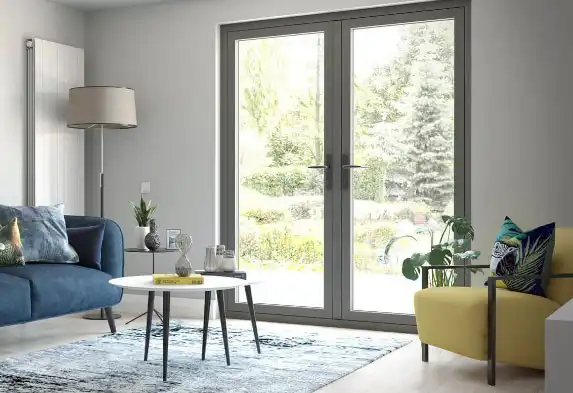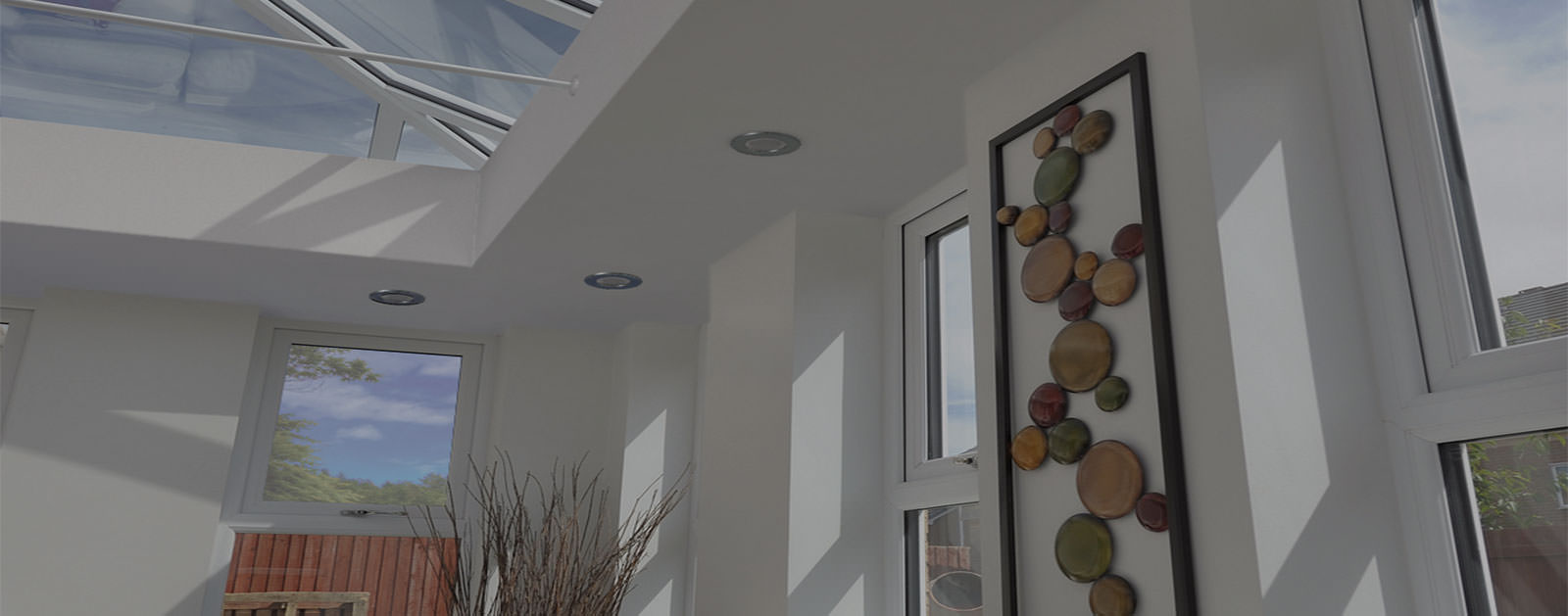As Winter is now approaching, condensation in conservatories will be something to deal with throughout the coming few months!
But what causes condensation in conservatories?
Condensation usually occurs due to the temperature difference between the warm interior and cooler exterior. When warm, moist air comes in contact with cold surfaces like windows or walls, it condenses into water droplets.
In this article, we’ll help you understand how condensation is formed in conservatories and what you can do to help prevent it.
How does Condensation form in Conservatories?
As you may have read above, condensation in conservatories occurs when warm moist air comes in contact with colder surfaces such as glass windows or walls.
But let’s get deeper into the process:
Temperature difference:
In winters, the temperature inside the conservatory is warmer than outside. This thus creates a difference in temperature of surfaces within the conservatories and the surrounding air.
Moisture in the air:
The air inside the conservatory often contains moisture from indoor activities like cooking, bathing or simply everyday living. This moisture can be in the form of water vapour suspended in the air.
Contact with the cold surfaces:
When warm, moisture air inside the conservatory comes in contact with the colder surfaces of walls or windows, it cools down rapidly. As the air cools, it reaches its dew point - the temperature at which it can no longer hold its water vapour and moisture.
So - How Can You Prevent Condensation in Conservatories?
In order to tackle this inevitable winter problem, you can certainly take a few steps:
Improve ventilation in your living space:
Proper ventilation is the key to reducing condensation. You need to make sure that there is ample airflow in the conservatory by opening windows or installing vents. This allows moist air to escape and reduces likelihood of condensation.
Use dehumidifiers:
Dehumidifiers can help remove excess moisture from the air. You can place them strategically in the conservatory to effectively control humidity levels.
Insulate windows & walls:
Insulating these indoor spaces can help reduce the temperature difference between the interior and exterior, minimising condensation. Our high quality double glazed windows or adding insulation to windows can be effective solutions.
To prevent condensation in conservatories, here are some steps you can take:
- Using energy efficient double glazing windows: Our windows here at Kingfisher, are designed to improve your conservatory’s thermal efficiency and that added with double glazing can prove effective in combating condensation.
- Improve ventilation: Proper ventilation is key to reducing condensation. Ensure that there is adequate airflow in the conservatory by opening windows or installing vents. This allows moist air to escape and reduces the likelihood of condensation.
- Use dehumidifiers: Dehumidifiers can help remove excess moisture from the air, reducing the likelihood of condensation. Place them strategically in the conservatory to effectively control humidity levels.
- Insulate windows and walls: Insulating windows and walls can help reduce the temperature difference between the interior and exterior, minimising condensation. Double-glazed windows or adding insulation to walls can be effective solutions.
- Heat the conservatory: Keeping the conservatory at a consistent, comfortable temperature can help prevent condensation. Consider installing heating systems such as radiators or underfloor heating to maintain warmth during the winter months.
Choose a Conservatory and Windows from Kingfisher
For conservatories or windows that boast fantastic thermal performance and will remain condensation proof for decades, explore our rage. We are experts in double glazing and only ever use the best materials - this guarantees little maintenance and more time for you to enjoy your living space.
To know more about our products or speak with our friendly team, simply give us a call or fill in our contact form and we will get back to you. Alternatively, get a bespoke quote from us by using our online quoting engine today!






